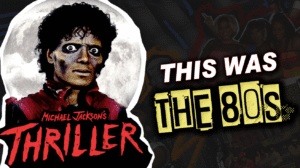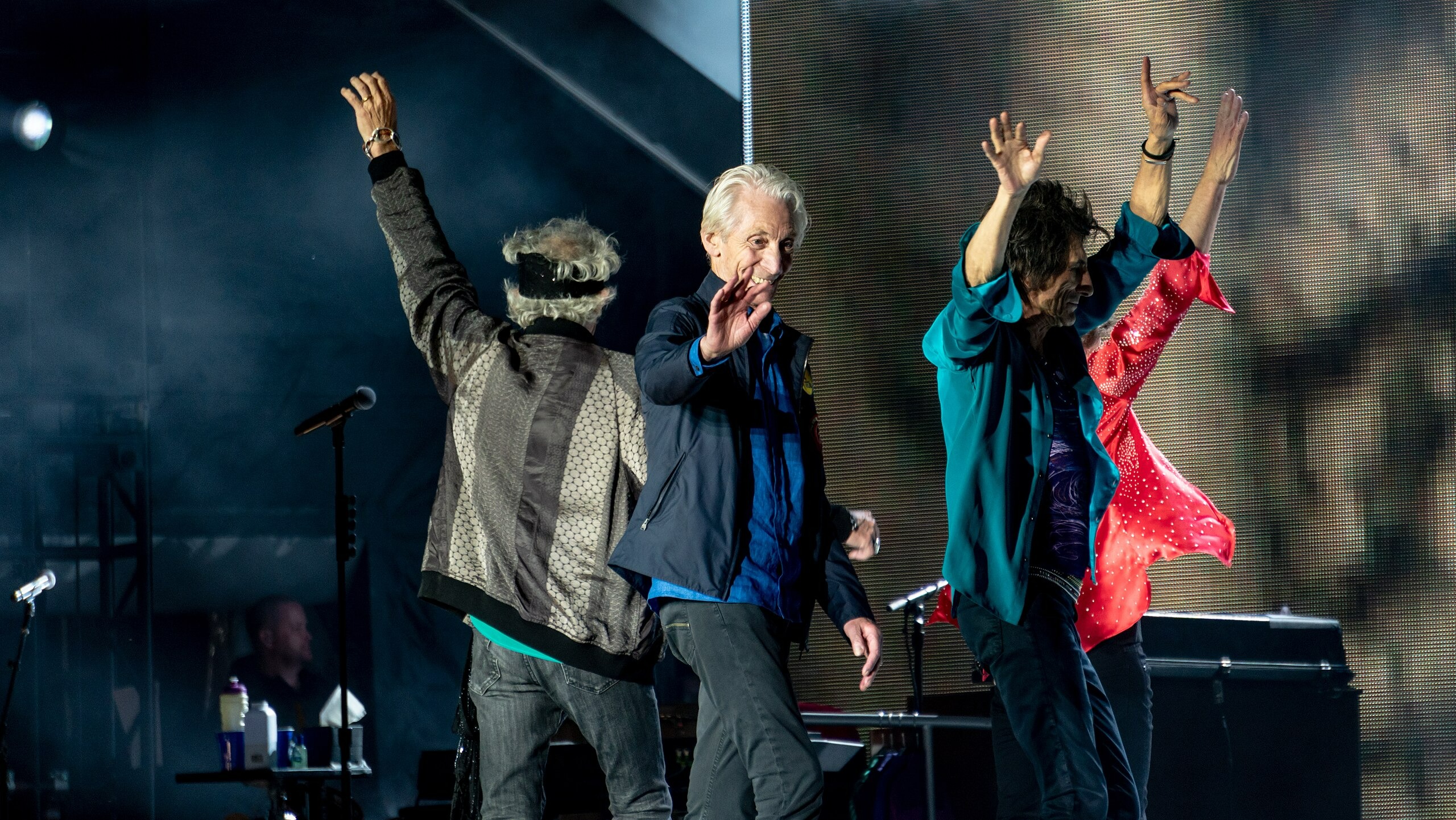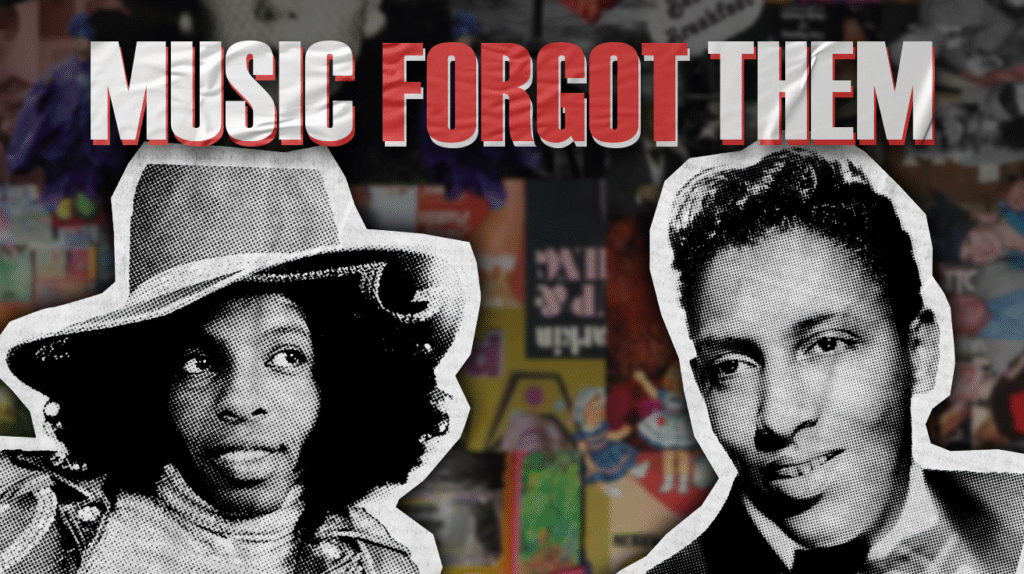
Black musicians rewired culture’s DNA through groundbreaking innovations that still echo today. You know the household names, but countless others vanished from the spotlight despite their massive influence. Their disappearances weren’t accidents—industry exploitation, personal battles, and systemic oppression erased them from history. You’re about to discover the untold stories of musical legends who shaped everything you hear, then mysteriously faded away. These aren’t just forgotten artists. They’re missing pieces of music’s history puzzle.
8. Robert Johnson
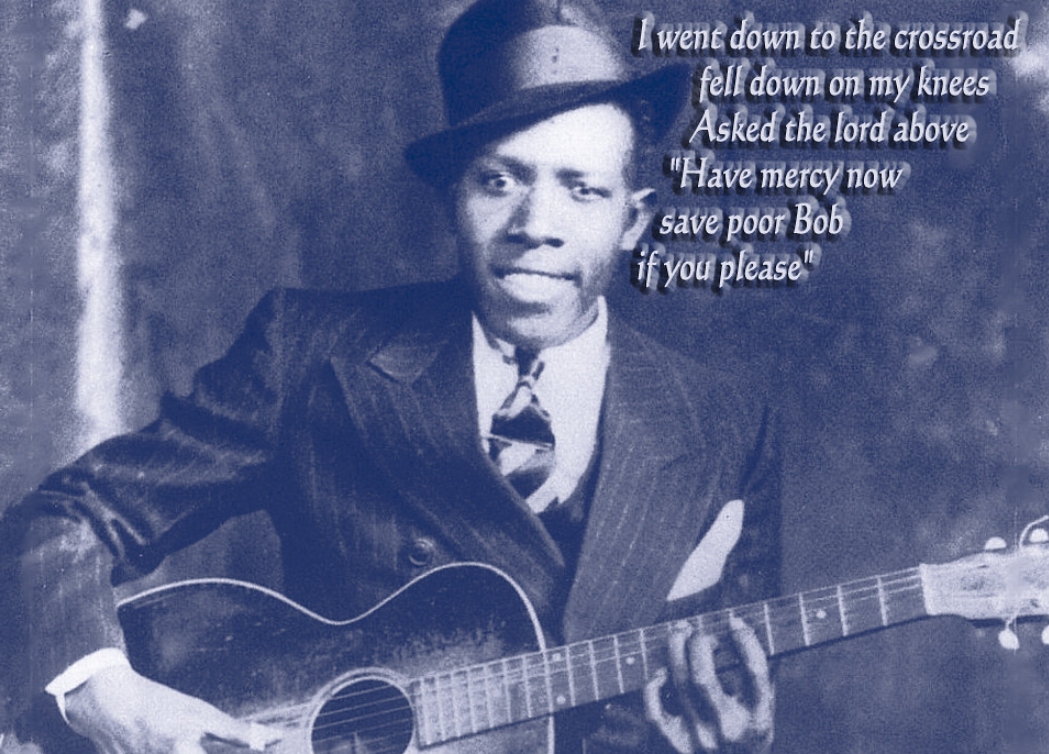
The blues highway claims artists young. Johnson died at 27, joining music’s most tragic club. Before his brief Delta disappearance, other musicians called him decent but unremarkable. When he returned, everything had changed—his guitar skills exploded, his lyrics explored death and desire with chilling depth.
You’ve heard the crossroads legend about selling his soul to the devil. Reality hits harder. His death certificate lists syphilis as the cause, not poison from a jealous husband. Three different Mississippi cemeteries claim his grave. Johnson’s mythology swallowed the man whole, turning a complex artist into a one-note legend.
7. Jesse Belvin
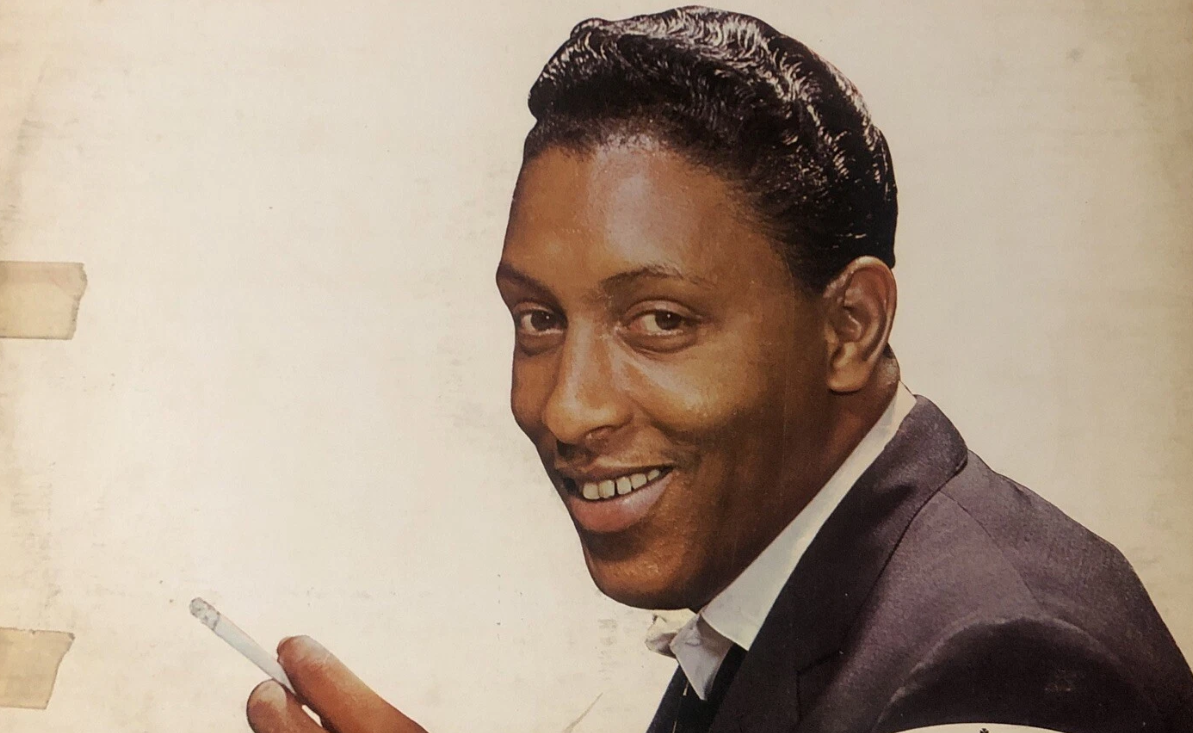
Little Rock in 1960 was a racial powder keg ready to blow. Belvin performed at one of the city’s first integrated concerts on February 6th despite death threats. Hours after leaving the stage, his car crashed on a dark Arkansas road.
Witnesses claimed someone sabotaged his tires. Police dismissed the accusations without investigating. No evidence proved foul play, but questions linger about whether hatred killed more than his music career. Belvin’s story shows how music history collides with America’s ugliest chapters—and loses.
6. Henry Grimes
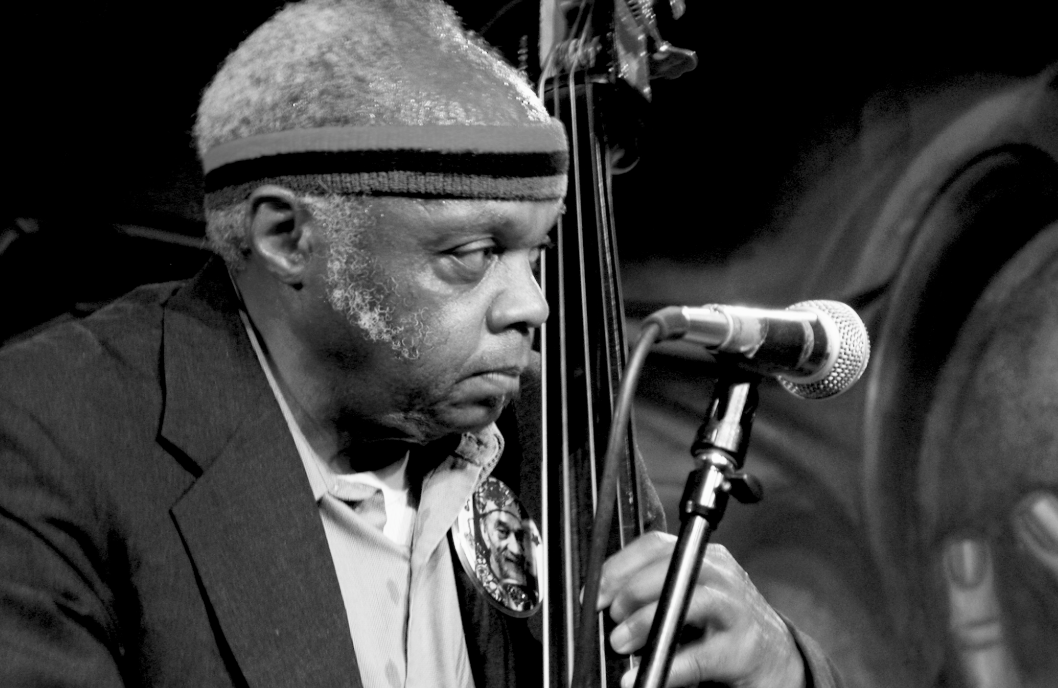
Jazz artists usually fade slowly, playing smaller clubs until nobody shows up. Henry Grimes just vanished. After recording with avant-garde legends like Albert Ayler and Cecil Taylor, he disappeared so completely that fellow musicians assumed he’d died.
Social worker Marshall Marott found him in 2002, living in a tiny Los Angeles apartment. The shocking truth? This pioneering bassist hadn’t touched his instrument in thirty years. Grimes went from shaping jazz’s future to complete obscurity, then back to acclaim—proving how easily revolutionary artists slip through history’s cracks.
5. Betty Davis

Some artists burn too bright for the industry to handle. Betty Davis ruled as funk’s unfiltered queen, delivering performances packed with raw sexuality that made 1970s audiences squirm. Her concerts weren’t shows—they were declarations of independence that challenged every cultural norm.
After three groundbreaking albums (1973-1975), industry resistance crushed her momentum. Davis retreated to Pittsburgh for four decades, choosing artistic integrity over fame. She walked away on her terms, recognizing that compromise would kill what made her special. Sometimes disappearing is the most powerful move you can make.
4. Hazel Scott
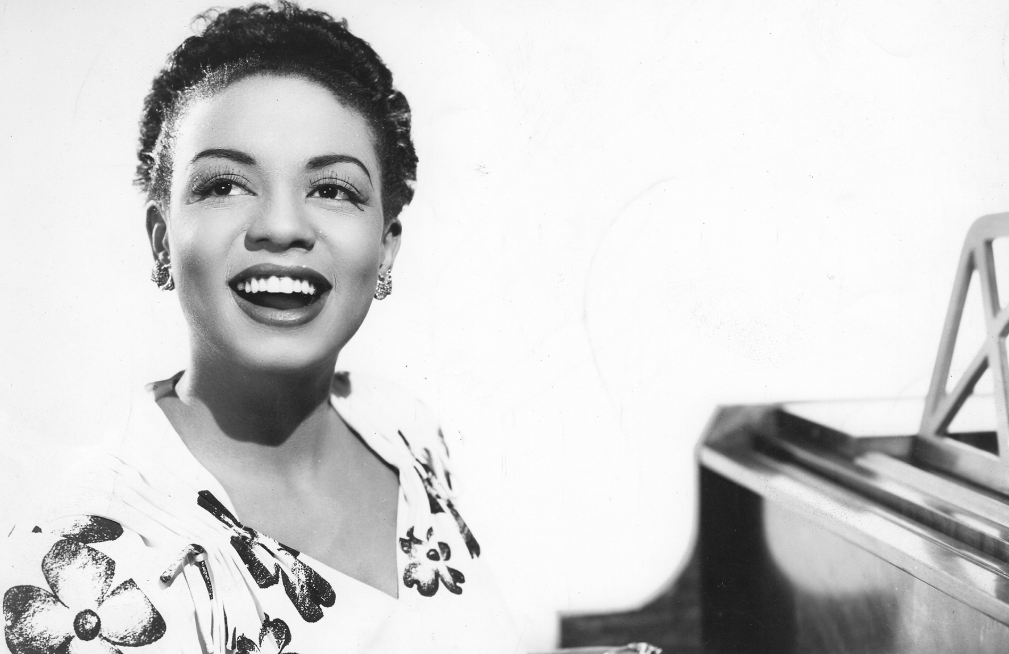
The Red Scare destroyed more than careers—it dismantled entire artistic communities. Scott broke barriers as the first Black American to host a national TV show while refusing to perform for segregated audiences. When her name appeared in Red Channels in 1950, her countdown began.
She courageously testified before the House Un-American Activities Committee, knowing the outcome was predetermined. Her groundbreaking show got canceled. Her career withered under McCarthyism’s shadow. Scott’s story reveals how the entertainment industry sidelines artists who stand for principles bigger than profit.
3. Little Willie John
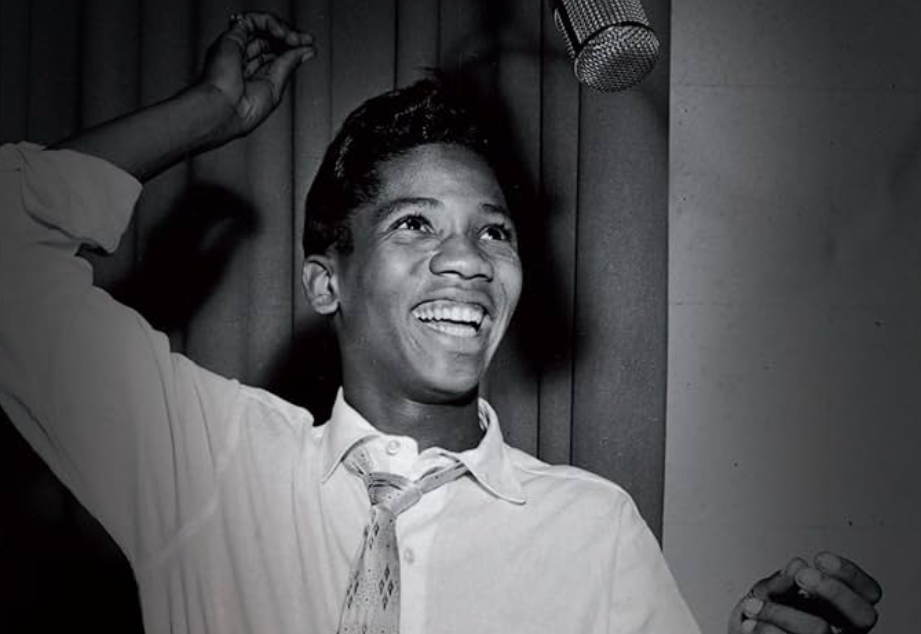
Size never mattered when Little Willie John opened his mouth. Standing barely five feet tall, he possessed a voice that could shake your soul. This R&B chart-topper saw his world collapse when he was convicted of manslaughter in 1964.
He died in prison in 1968 at age 30. Officials blamed a heart attack, but his family questioned the circumstances. No evidence proved mistreatment, yet questions remain about his final days. Another chapter in the troubled relationship between talented Black artists and the systems designed to contain them.
2. D’Angelo

Sometimes absence creates more mystique than presence ever could. D’Angelo crafted “Voodoo” (2000) into a neo-soul masterpiece that redefined R&B’s possibilities. Fame elevated him to sex symbol status, bringing pressures he couldn’t handle.
Then silence. For fourteen years, fans theorized about his whereabouts while his influence only grew. “Black Messiah” finally dropped in 2014 like a meteor, proving his vision had sharpened during exile. D’Angelo discovered what marketing departments spend millions trying to create—absence that speaks louder than any comeback tour.
1. Sly Stone
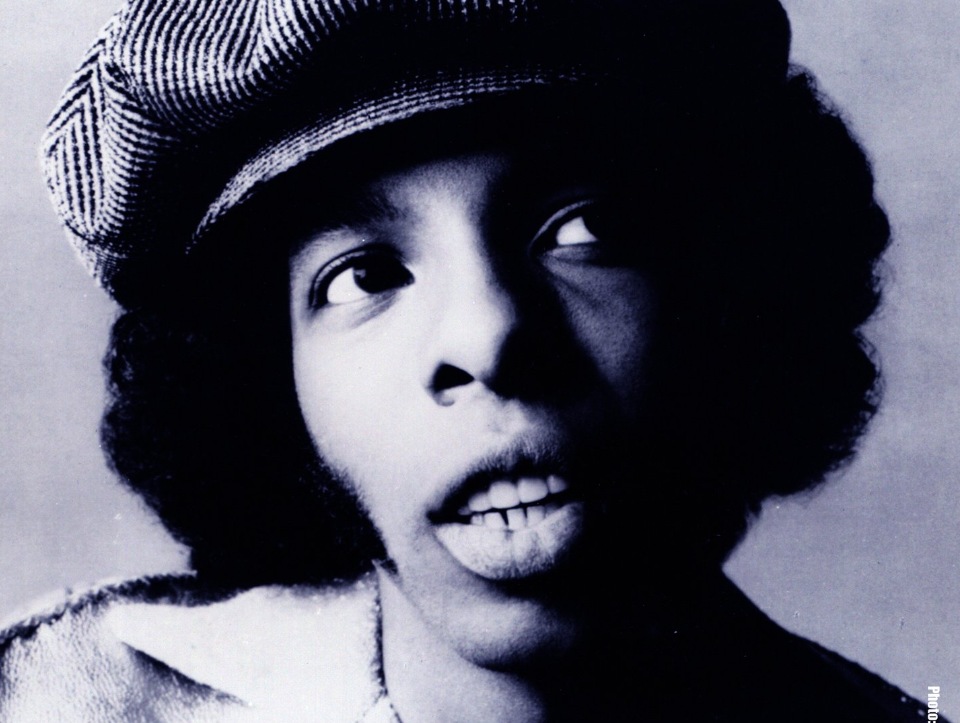
Soul music hits you where you’re most vulnerable. Sly Stone fused funk, soul, and psychedelia into unity anthems that broke racial barriers on stubbornly segregated airwaves. His integrated band created a template the industry still struggles to follow.
Fame’s crushing weight, combined with addiction struggles, led him to unimaginable lows—including living in a van, as reported by the New York Post in 2011. His story reminds you that creative visionaries often pay the highest price for reshaping culture. Brilliance and tragedy walk hand in hand in music history.






